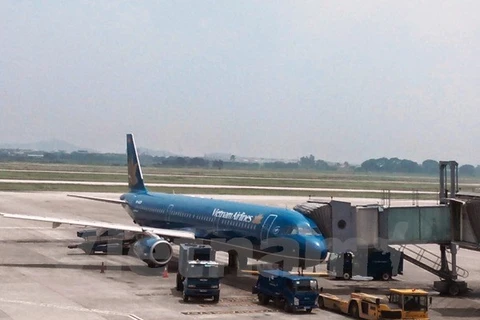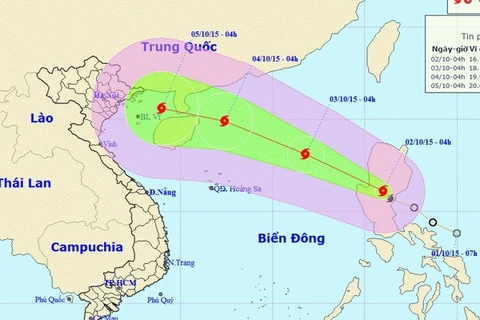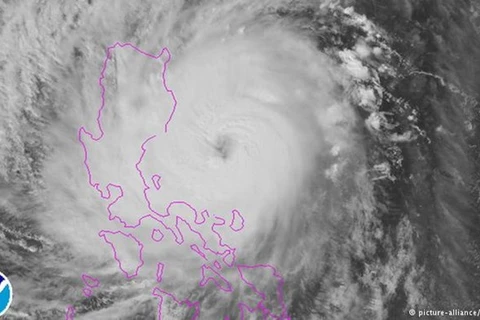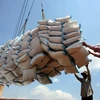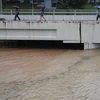Typhoon Koppu made landfall in the northeastern Philippines on October 18 with very strong winds, leaving two dead and four injured while forcing 16,000 people to evacuate from their homes and causing a power cut in nine provinces.
According to local media, collapsed wall and fallen tree killed two people in the Quezon area and Subic town of the metropolitan Manila. Floods and landslides have blockaded 25 roads and bridges.
Meanwhile, three fishermen who had gone missing at sea were rescued off the northern province of Bataan, and three others were found in an evacuation camp in Baler town of Aurora province.
Soldiers and police have been mobilised to the Aurora and Nueva Ecija provinces to help those who were stuck in the flooded villages.
By late October 18, the typhoon went through the northern mountainous province of Ifugao with winds of up to 130 kilometres per hour. The authorities canceled flights in the region while schools were closed on October 19.
The typhoon is forecast to move at a speed of 5 kilometres per hour through the northern mountain before leaving the main island of Luzon on October 21.
After slamming into Aurora's Casiguran town in the midnight of October 17,Koppu weakened and slowed down by the Sierra Madre mountain range and another typhoon far out in the east of the Pacific, according to forecasters.
Though the weather has improved in some regions, authorities warned that Koppu's rain and winds may potentially bring more damage as it moves slowly with possible flash floods and landslides.
Koppu is the 12th storm hitting the Philippines this year. An average of 20 storms and typhoons batter the country each year.
In 2013, typhoon Haiyan swept through the central Philippines, claiming more than 7,300 lives.-VNA


